 In the first year following the outbreak of war, more than 8,000 Ukrainian civilians lost their lives, prompting one of the fastest population movements since World War II as individuals were compelled to abandon their homes. Within Ukraine, 6 million people were displaced, while another 8 million sought refuge in other countries. By March 2023, 11 million Ukrainians were facing hunger—nearly a third of the population. In response, the European Union (EU) recently announced an additional €40 million, equivalent to $44 million, in humanitarian aid for Ukraine during the upcoming winter months. According to a European Commission press release, €35 million will fund humanitarian projects in Ukraine, while €5 million will support Ukrainian refugees in Moldova. Since Russia’s invasion in 2022, the EU has contributed more than €88 billion in humanitarian, economic and military aid to Ukraine.
In the first year following the outbreak of war, more than 8,000 Ukrainian civilians lost their lives, prompting one of the fastest population movements since World War II as individuals were compelled to abandon their homes. Within Ukraine, 6 million people were displaced, while another 8 million sought refuge in other countries. By March 2023, 11 million Ukrainians were facing hunger—nearly a third of the population. In response, the European Union (EU) recently announced an additional €40 million, equivalent to $44 million, in humanitarian aid for Ukraine during the upcoming winter months. According to a European Commission press release, €35 million will fund humanitarian projects in Ukraine, while €5 million will support Ukrainian refugees in Moldova. Since Russia’s invasion in 2022, the EU has contributed more than €88 billion in humanitarian, economic and military aid to Ukraine.
EU Aid in Ukraine
The war in Ukraine has resulted in serious humanitarian consequences, displacing 3.3 million people and leaving 14.6 million in need of humanitarian assistance. Many lack access to water and electricity in areas on the frontline of the fighting. This underscores the importance of continued support from international organizations like the EU. So far, EU aid in Ukraine has funded the creation of mobile health care buses, which provide crucial health services to vulnerable people in the most affected regions of the country.
Through the EU Civil Protection Mechanism, the EU has provided transported emergency medical equipment, temporary shelters and power generators. Additionally, the organization has established the Ukraine Facility, a €50 billion fund aimed at rebuilding Ukraine from 2024 to 2027, post-war. Of the recent EU aid, €35 million will support humanitarian efforts during the harsh winter, ensuring that homes in affected regions have adequate heating and electricity and setting up emergency shelters for those in need.
EU Refugees in Moldova
The EU has allocated €5 million of its recent funding to support Ukrainian refugees in Moldova, a neighboring country that has welcomed Ukrainian refugees since Russia’s invasion in 2022. Approximately 1.5 million Ukrainian refugees have entered Moldova, with around 120,000 still residing there as of June, according to the European Commission. Given its size, Moldova faces significant economic challenges due to the influx of refugees. Thus, continued support for Ukrainian refugees in Moldova by organizations like the EU remains critical. The EU plans to use the €5 million fund to assist the most vulnerable Ukrainian refugees in Moldova and to enhance border preparedness for potential future refugee flows.
Moving Forward
The EU’s recent funding commitment aims to address the growing humanitarian needs in Ukraine and support those displaced by the conflict in neighboring Moldova. As the winter months approach, the aid will focus on providing critical resources such as shelter, heating and health services to vulnerable communities. This support reflects ongoing international efforts to alleviate the hardships faced by millions affected by the conflict and to assist neighboring countries bearing the brunt of refugee influxes.
– Joshua Marriott
Joshua is based in Cardiff, Wales and focuses on Technology and Politics for The Borgen Project.
Photo: Flickr

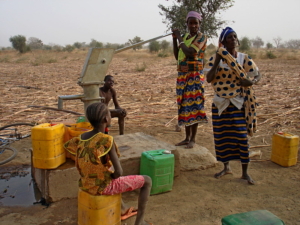 The landlocked West African nation of Burkina Faso has rapidly become one of the world’s worst humanitarian situations in the past two years as food insecurity, displacement and internal conflict have created
The landlocked West African nation of Burkina Faso has rapidly become one of the world’s worst humanitarian situations in the past two years as food insecurity, displacement and internal conflict have created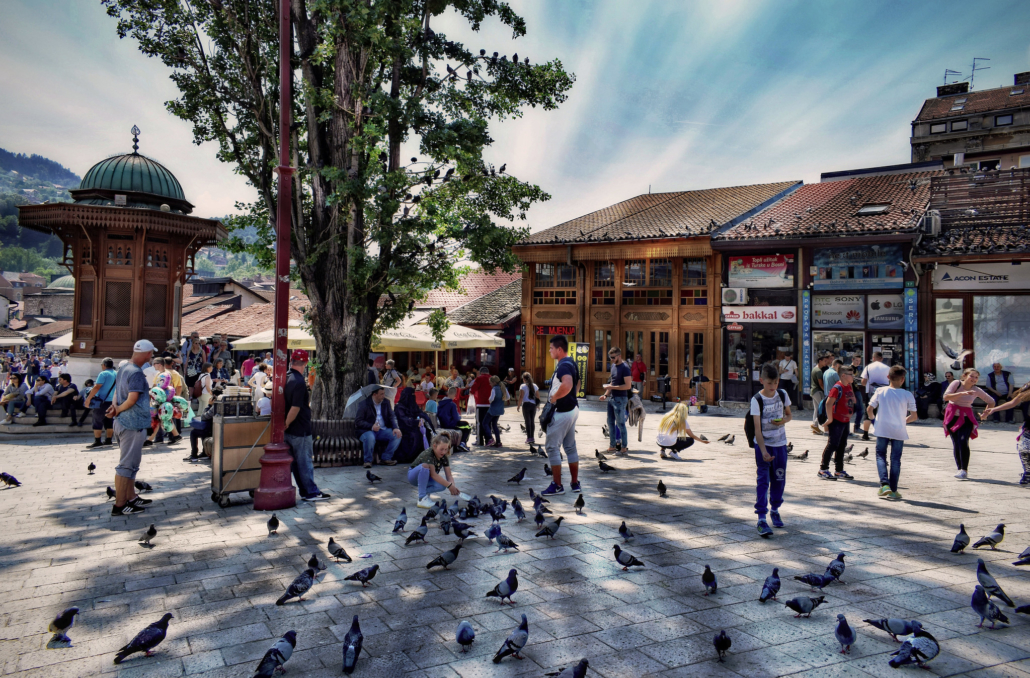
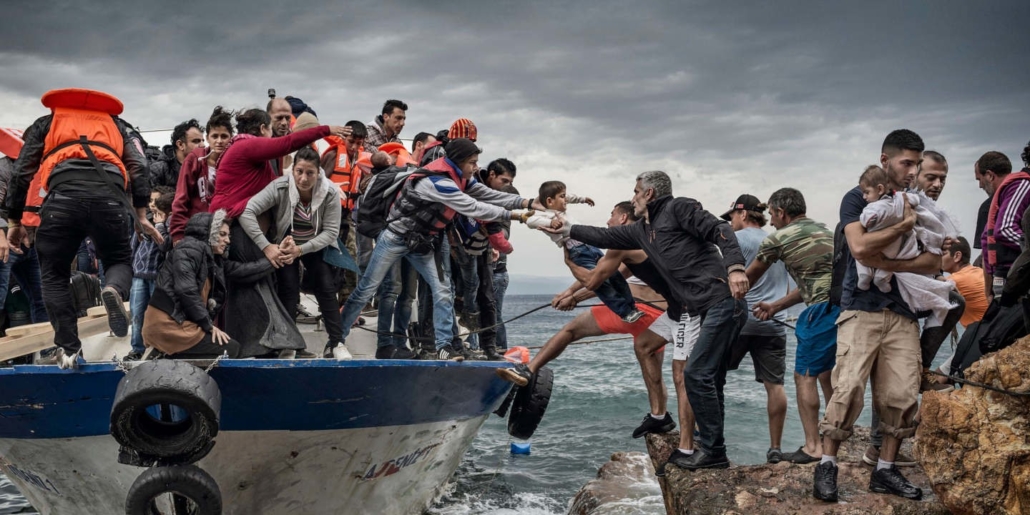
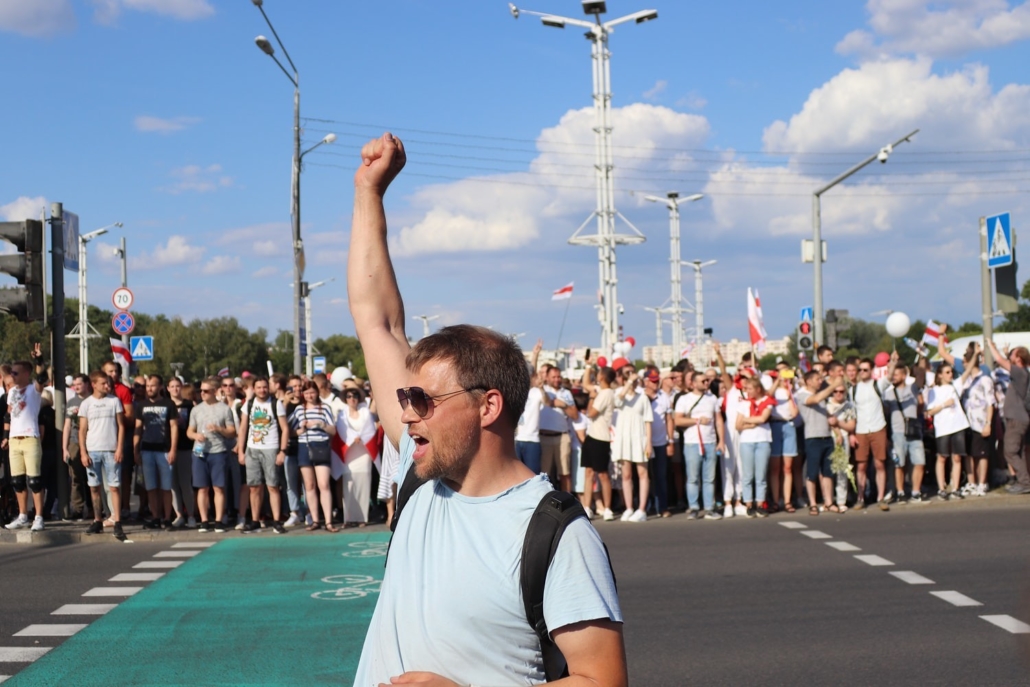

 Data from May 2019 indicates that German women receive an average of
Data from May 2019 indicates that German women receive an average of  The theater is an art form that cultures all across the world partake in. In addition to being enjoyable for many people, exposure to the theater is beneficial. A study conducted by the
The theater is an art form that cultures all across the world partake in. In addition to being enjoyable for many people, exposure to the theater is beneficial. A study conducted by the 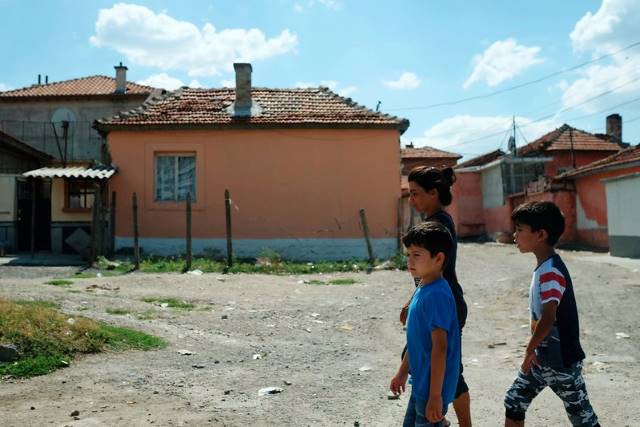 The impact of COVID-19 globally is undeniable. From Canada to Ukraine, every nation is fighting the virus. Bulgaria is facing a similar battle against the COVID-19 pandemic and poverty. Organizations are fighting to keep both under control while implementing solutions to address the impact of COVID-19 on poverty in Bulgaria and around the world.
The impact of COVID-19 globally is undeniable. From Canada to Ukraine, every nation is fighting the virus. Bulgaria is facing a similar battle against the COVID-19 pandemic and poverty. Organizations are fighting to keep both under control while implementing solutions to address the impact of COVID-19 on poverty in Bulgaria and around the world.